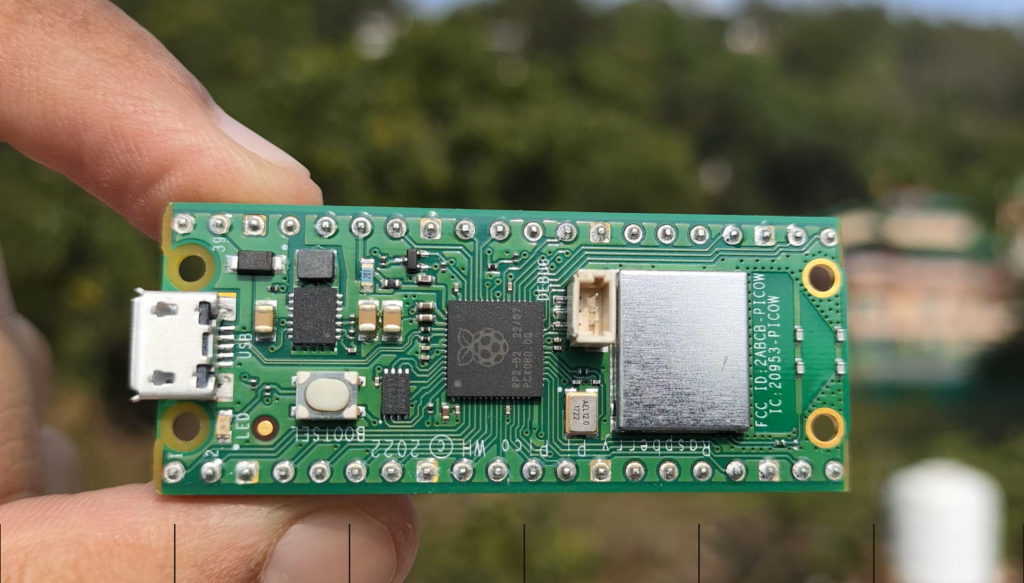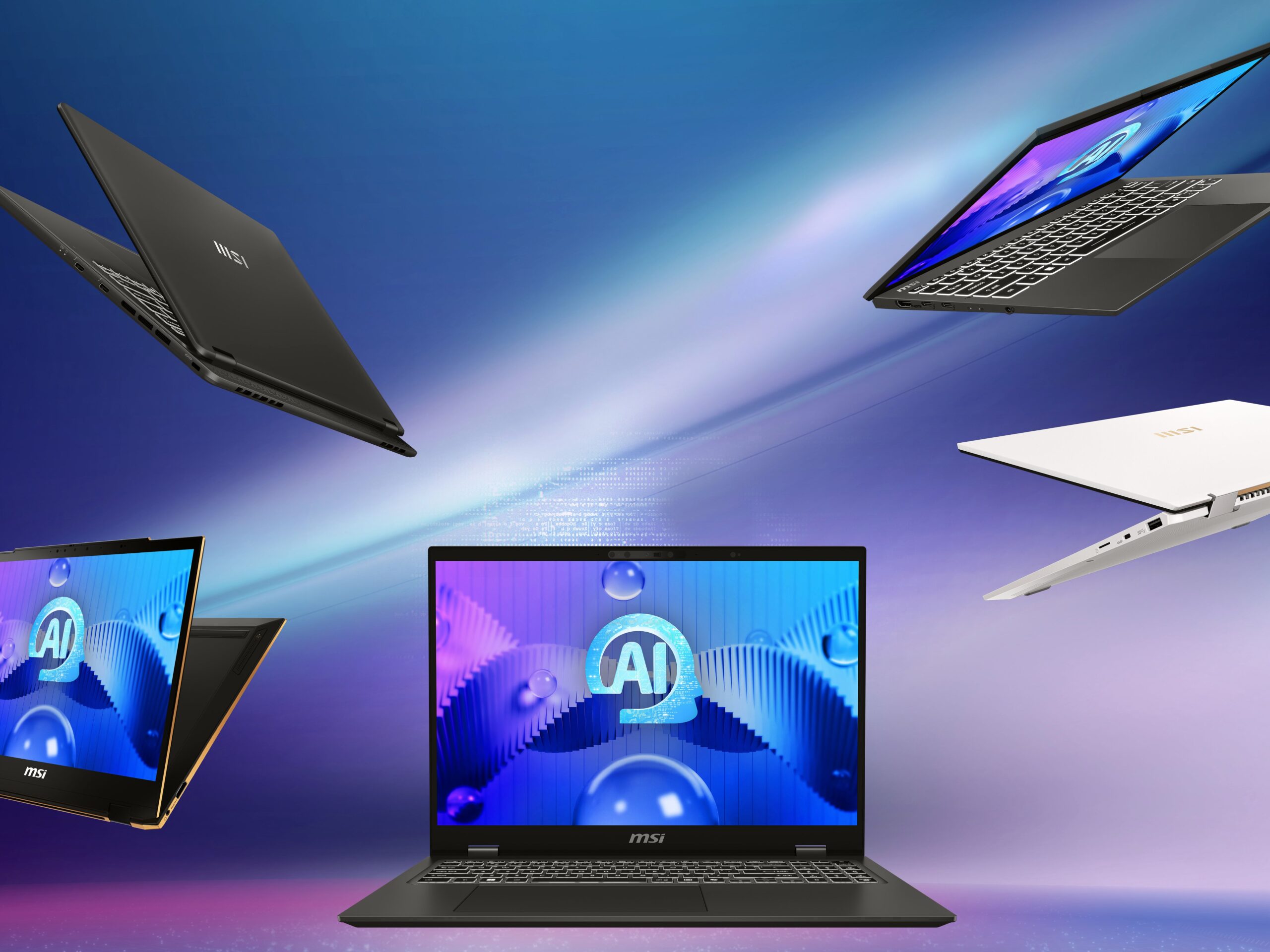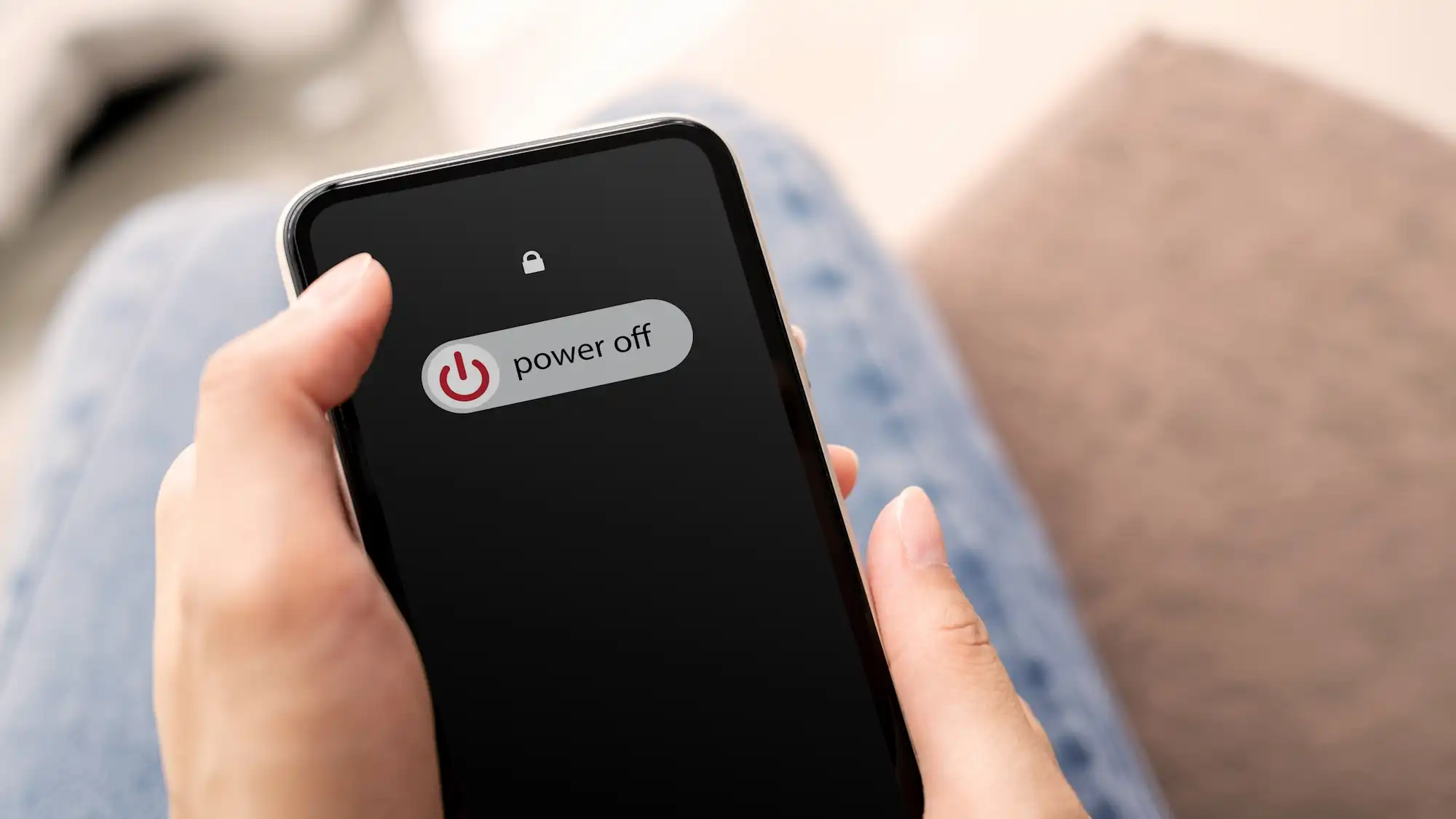
The Raspberry Pi Foundation has just launched the Raspberry Pi Pico 2, a new addition to its popular line of microcontroller boards. This updated model, built on the RP2350 chip, is a significant leap forward from its predecessor, the RP2040-based Pico. Measuring just 21mm x 51mm, the Pico 2 delivers enhanced performance with a boosted clock rate of 150MHz, up from 133MHz, and more powerful Arm Cortex-M33 cores. This upgrade promises a notable increase in processing speed and efficiency for various applications.
One of the standout features of the Raspberry Pi Pico 2 is its expanded flash memory. The new board comes with 4MB of flash storage, doubling the 2MB offered by the original Pico. This increased memory capacity allows for more complex projects and larger programs. Additionally, the Pico 2 introduces new security features, including optional boot signing enforced by on-chip mask ROM and protected OTP storage for boot decryption keys. These enhancements are designed to safeguard your projects against potential security threats.
The Pico 2 retains backward compatibility with the earlier Pico components, ensuring a smooth transition for those already using the original model. It supports programming in C, C++, and Python, making it a versatile choice for both hobbyists and professionals. The board is equipped with a range of connectivity options, including dual UART, dual SPI controllers, dual I2C controllers, and a USB 1.1 controller. It also features 24 PWM channels, 4 ADC channels, and 12 PIO state machines, providing ample flexibility for various applications.
In terms of security, the Pico 2 offers robust hardware mitigations for fault injection attacks and includes a hardware SHA-256 accelerator. This ensures that the board can handle sensitive tasks with enhanced protection. The new model also supports drag-and-drop programming via mass storage over USB, making it easier to get started with your projects.
Despite these impressive upgrades, the Raspberry Pi Pico 2 remains incredibly affordable at just $5. This low price point makes it accessible for a wide range of users, from hobbyists to educators. The board is available for pre-order through authorized US retailers such as SparkFun, Adafruit, CanaKit, and PiShop. It’s worth noting that the Pico 2 is not yet listed on Amazon.
With nearly four million Pico units sold to date, including the wireless Pico W version, the Raspberry Pi Foundation continues to deliver value and performance with its latest release. Whether you’re looking to tackle new projects or upgrade your existing setup, the Raspberry Pi Pico 2 offers a compelling blend of power, compatibility, and affordability.



